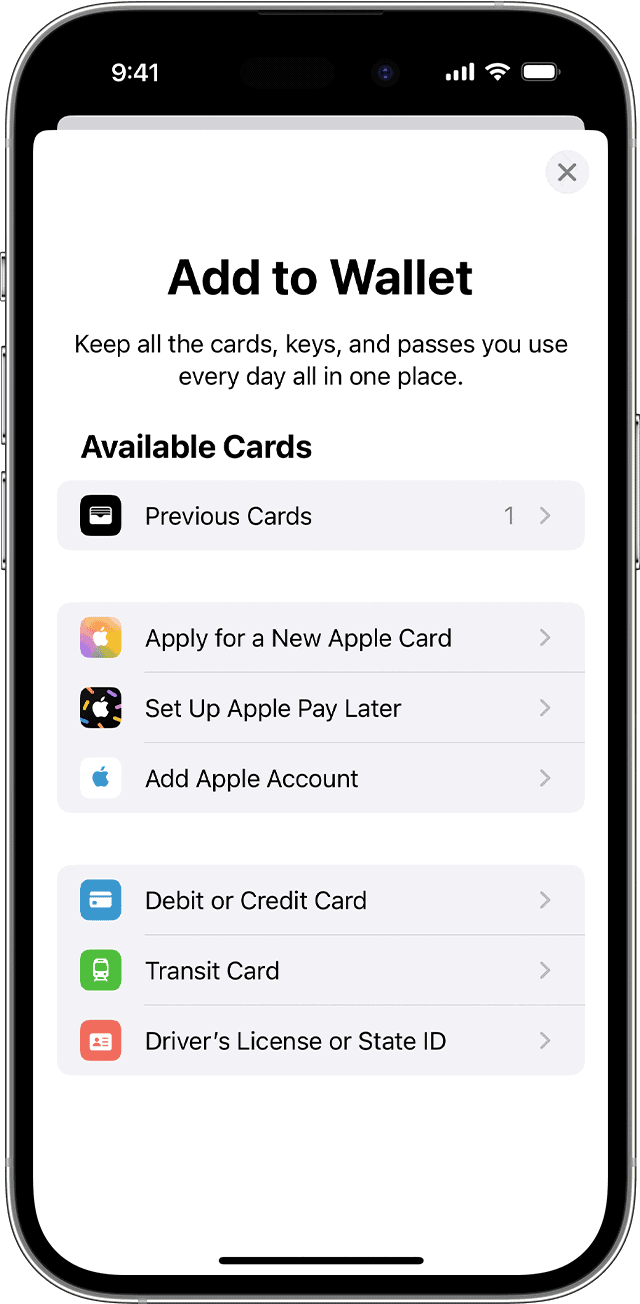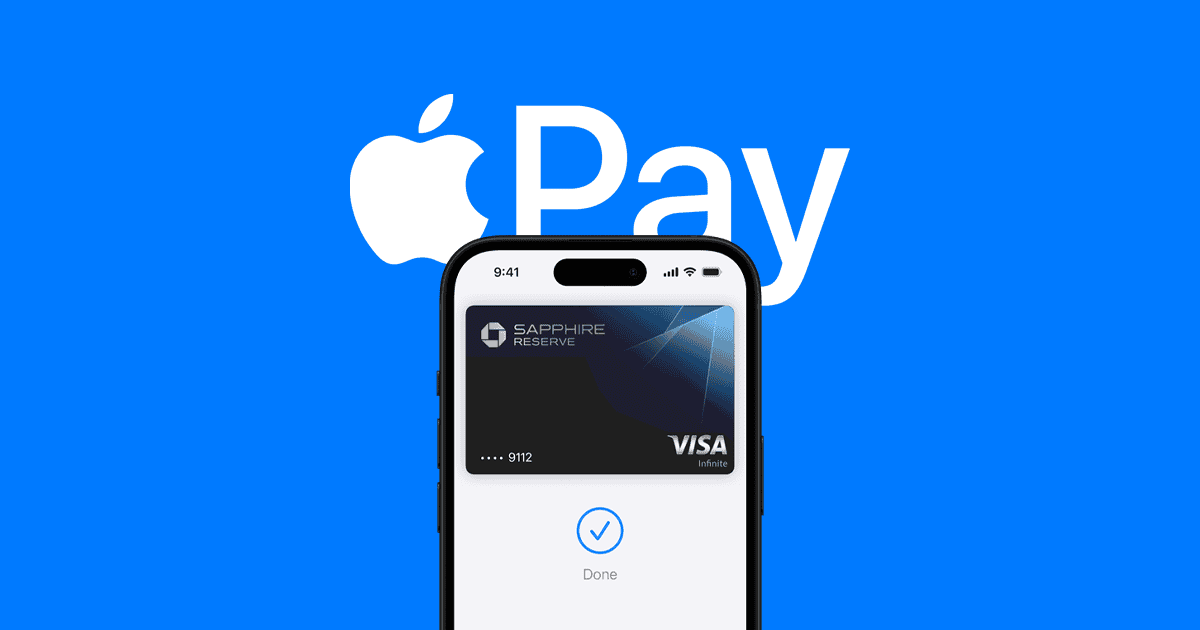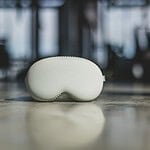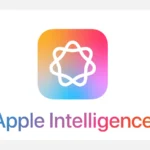NFC on iPhones can’t be turned off. This feature is always on and ready to use. It lets you make payments and share data quickly, which in theory is always good. But recently a lot of users have been reporting problems in areas where an NFC scanner is establishing a connection with their phone in an unwanted manner (ie- when trying to board a train, subway, etc.) Apple doesn’t give users a way to disable NFC on their iPhones, but you do have some options with controlling things like Apple Pay. This is because NFC is key for many iPhone tasks. It’s used for Apple Pay and other apps that need close-range wireless.
Some people want to turn off NFC to save battery or to prevent the popup from happening. The good news is that NFC uses very little power when not in use and basically only turns on when needed. If you’re worried about security, know that NFC on iPhones is safe. It has built-in protections to keep your data secure.
Understanding NFC on Your iPhone
You might have heard that you can’t turn off NFC on your iPhone. That’s not entirely true, but it’s a bit more nuanced than just flipping a switch. NFC, or Near Field Communication, is built into your iPhone for features like Apple Pay and reading NFC tags. While you can’t completely disable the NFC chip itself, you can control how it’s used.

How NFC Works on iPhone
NFC lets your iPhone communicate wirelessly with other devices over very short distances. It’s what makes Apple Pay work when you hold your phone near a payment terminal. It also lets you scan those little NFC tags you might see on products or posters. Starting with iPhone XS and later models, your iPhone automatically looks for NFC tags whenever your screen is on. You don’t have to do anything special to activate it.
Managing NFC for Apple Pay
Even though you can’t turn off NFC completely, you can stop your iPhone from using it for Apple Pay. This can be useful if you’re concerned about security or just don’t use Apple Pay often. Here’s how:
- Open the Settings app.
- Tap on “Wallet & Apple Pay.”
- You’ll see a list of your cards.
- To turn off a card, just tap on it and then toggle off the “Express Transit Card” setting (if applicable) and then the main toggle for that card.
By doing this for each card, you effectively prevent your iPhone from making contactless payments via NFC.
Why You Might Want to Limit NFC Use
While NFC is generally considered safe and secure, there are a few reasons why you might want to limit its use:
- Security: Some people prefer to disable features they don’t frequently use for an extra layer of security.
- Privacy: Although the risk is low, there’s always a slight chance of unauthorized NFC interactions.
- Battery Life: While the impact is minimal, disabling NFC features could contribute to slightly longer battery life.
Important Topics
| Topic | Answer |
|---|---|
| Can I completely turn off NFC on my iPhone? | No, but you can disable its use for Apple Pay and NFC tag reading. |
| How do I stop my iPhone from reading NFC tags? | You can’t turn this off on iPhone XS and newer models. |
| Is NFC safe to use? | Yes, NFC is designed to be secure for contactless payments and data exchange. |
Using A Shortcut To Open The NFC Scanner On iPhone
Key Takeaways
- NFC on iPhones can’t be turned off
- NFC is always on but uses little power when not in use
- iPhone NFC is safe and has built-in security features
Understanding NFC on iPhone
NFC technology in iPhones enables wireless data transfer and contactless payments. This feature works with many apps and services to make daily tasks easier.
Fundamentals of NFC Technology
NFC stands for Near Field Communication. It lets devices talk to each other when they are close. NFC works within a few inches. It uses radio waves to send data.
NFC tags are small chips that store info. iPhones can read these tags. The tags can hold web links or contact details. Some stores use NFC tags for product info.
iPhones have an NFC antenna. This lets them read tags and make payments. The antenna is near the top of the phone.
Utilization of NFC in iPhone Models
Apple added NFC to iPhones starting with the iPhone 6. Newer models like iPhone 11 iPhone 13 and iPhone 15 all have NFC.
At first NFC was just for Apple Pay. Now it does more. You can use it to:
- Pay in stores
- Read product tags
- Set up Wi-Fi
- Start car sharing
- Open smart locks
The iPhone NFC reader turns on when you need it. You don’t have to open an app first.
NFC and Contactless Payments
Apple Pay uses NFC for contactless payments. It’s fast and safe. To pay you just hold your iPhone near the card reader.
Your card details stay secure. Apple Pay uses a special code instead of your real card number. This helps prevent fraud.
Many stores banks and apps work with Apple Pay. You can use it to buy things pay bills or send money to friends.
Frequently Asked Questions
Many iPhone users wonder about NFC settings. Here are some common questions and answers about NFC on iPhones.
How do I disable NFC on my iPhone?
You can’t turn off NFC on iPhones. Apple doesn’t give users a way to disable this feature. NFC is always on but only works when you use it for things like Apple Pay.
Is it possible to turn off NFC on the latest iPhone model?
No it’s not possible to turn off NFC on new iPhones. This applies to all current models including the iPhone 15. Apple keeps NFC on at all times.
What are the steps to deactivate NFC on the iPhone 11 series?
There are no steps to turn off NFC on iPhone 11 models. NFC stays active on these phones. Users can’t change this setting.
Can NFC be turned off in iOS 17 on an iPhone?
iOS 17 doesn’t let users turn off NFC. The feature stays on but only works when needed. This is true for all iPhones running iOS 17.
Are there any methods to control NFC functionalities on iPhones?
While you can’t turn NFC off you can control some features. In Settings you can manage AirDrop and other sharing options that use NFC. This gives you some say over how NFC works.
Is the NFC feature permanently enabled on all iPhone devices?
Yes NFC is always on for all iPhones that have the feature. This includes models from the iPhone 6 and newer. Apple made this choice for ease of use and security.







